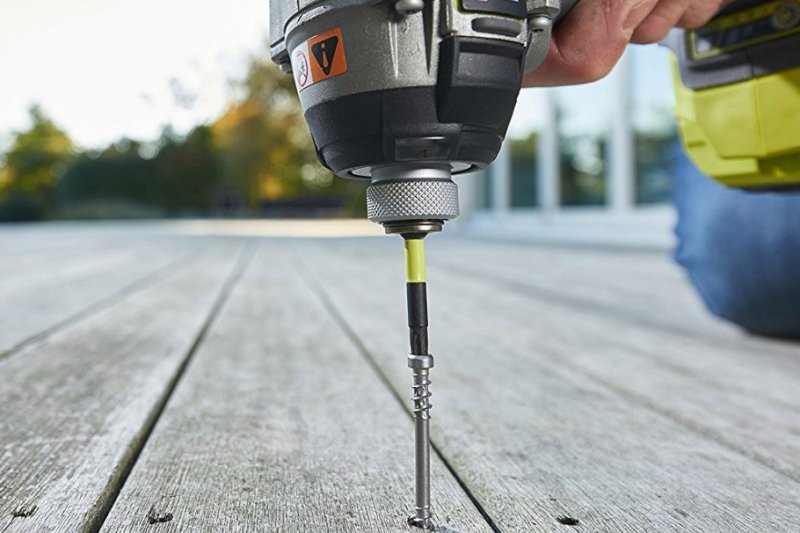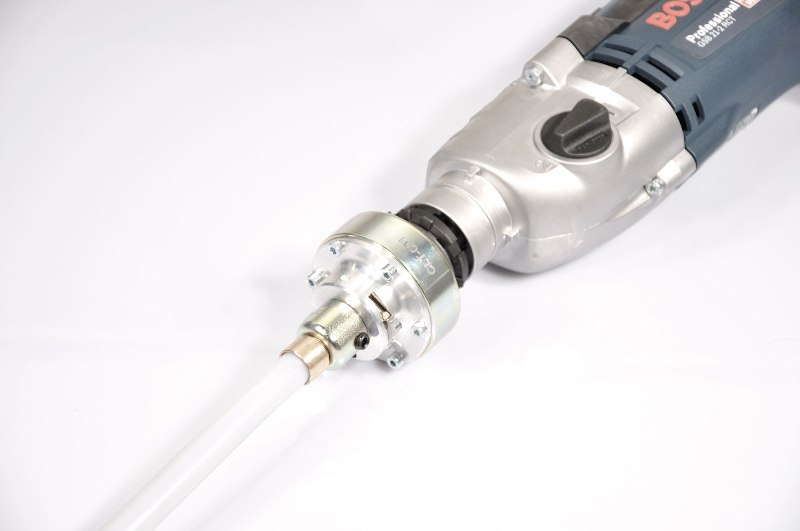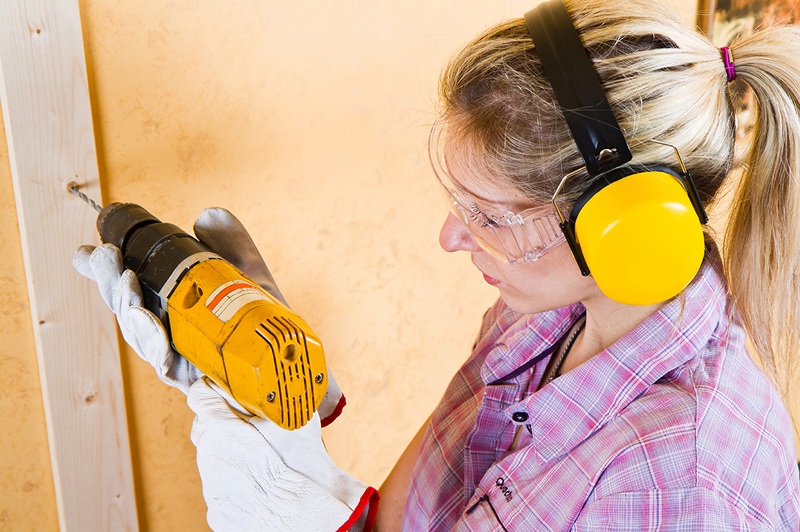Power drills are making home improvement activities less daunting. It is more effective to use your power drill when carrying out your Do It Yourself activities. This tool is a must have for any household. With many models to choose from, it can get overwhelming to decide which one to buy. It is essential to consider one that will give you the most value for your money as well as best fits your needs. You should always look for one that has impressive features that will make your work productive and enjoyable.
The good news is, there are a plethora of power drills in the market, and you are sure to find a unit that fits your drilling tasks. At data powertools, for instance, you can find different types including Pistol Grip, Hammer Drill, drill Press to cordless drills.
Here are factors you should always consider when buying a power drill:
1. Ergonomic Design
Home improvements and quick repairs involve the use of heavy-duty power tools. A lightweight drill is the best choice in such circumstances. It uses lithium-ion technology, thus a smaller and lighter motor. In most models, the light types of drills are cordless; this allows for effortless movement around the work area. It is usually smaller and lighter in weight, which reduces hand fatigue even after using it for extended periods. It is also used in tight spots. It also facilitates hassle-free carrying and storage.
2. Corded or Cordless

Recharging a cordless power drill is unnecessary. As long as there is a connection to a reliable power supply AC, you are good to go. It is more powerful than the cordless drill. Its downside is in the cord. It limits your movement within the work area. When the cable is much shorter, it may involve a frequent change of the AC. This trait also means the drill is functionless where there lacks an electrical outlet. Cordless power drills are ideal to work with outdoors or areas without power outlets. They, however, need a recharge every time the battery dies down. When choosing one of these always go for one with larger battery capacity. It is also advisable to get an extra battery so that when the charge dies down, your work continues.
3. Speed
Some drills offer variable speed triggers. This feature allows for adjusting to different speed limits when need be. Lower speed drives screws in or out, while higher are for drilling holes. Other drills do not allow for many speed options. They come at a specific rate. The primary use of your drill will determine the speed range that you will select. If you are planning to use your bit for making holes, then a 1000-rpm range will fit the bill.
4. Power
The power of your power drill will determine its weight and functionality. The strength of a cordless power drill is measured in volts. The 12 to the 16-volt range is the most ideal for home use. A 20-volt power drill is the most capable model. A bulkier drill typically means more voltage. Amps or amperage is the unit used to measure power in a drill. The higher the amperage in your drill, then the higher its potential. An 8 amp corded drill is most suitable for home use. Ensure you check the power of the bit before you buy to ensure you select the most appropriate.
5. Clutch

A clutch reacts to resistance, stopping the drill when the screw is too deep or strips. Getting a drill with an adjustable clutch is imperative, especially when driving screws. A drill operating in too much force leads to breaking of the screw heads. Some models lack this feature. If you plan to use your drill frequently, it is good to get one that has this feature. It avoids too many damages on your screws and minor accidents.
6. Chuck
The chuck is the piece of the drill where the bit is inserted. The popular chuck sizes are ¼, 3/8, and ½ inch. The larger the diameter of the chuck; the higher the force. For household use, the 3/8inch chuck will be ideal and provides plenty of power, suitable for home uses. If you want to use the tools in hard surfaces like concrete, then go for a larger chuck. Chucks use a key or hand to operate. Keyless chucks are convenient since you do not have to worry about losing the key and rendering the drill to be unusable.
7. How It Feels
You should never overlook how a tool feels in your hand as you work; this can cause comfort or otherwise. You should check to see if it feels too heavy or unstable. Check if it is easy to adjust the speed of the drill or not. Confirm if your fingers wrap around the handle or not. Before you make your purchase, make sure the tool fits your comfort. There are so many models and designs to choose from. These models have almost similar features. For that reason, do not compromise. Such features help you avoid accidents that may occur during your work.

